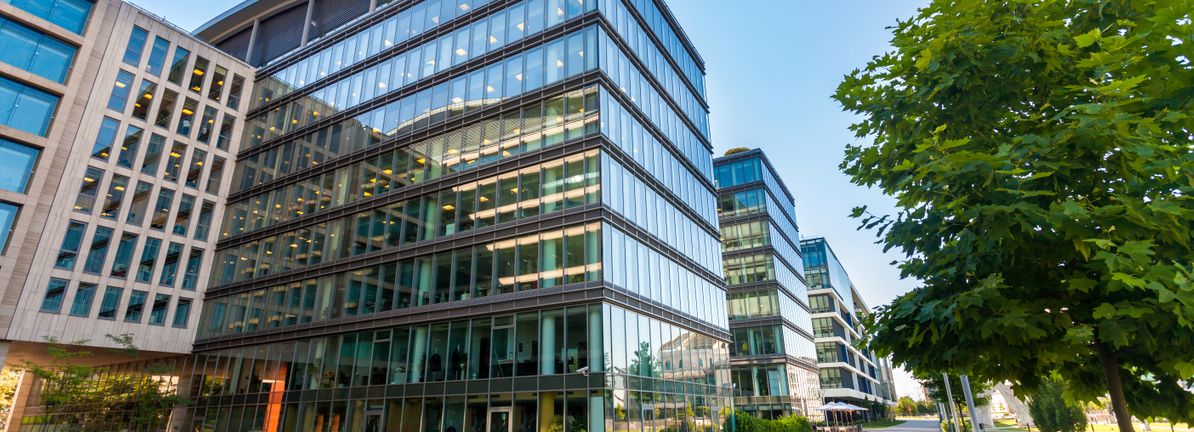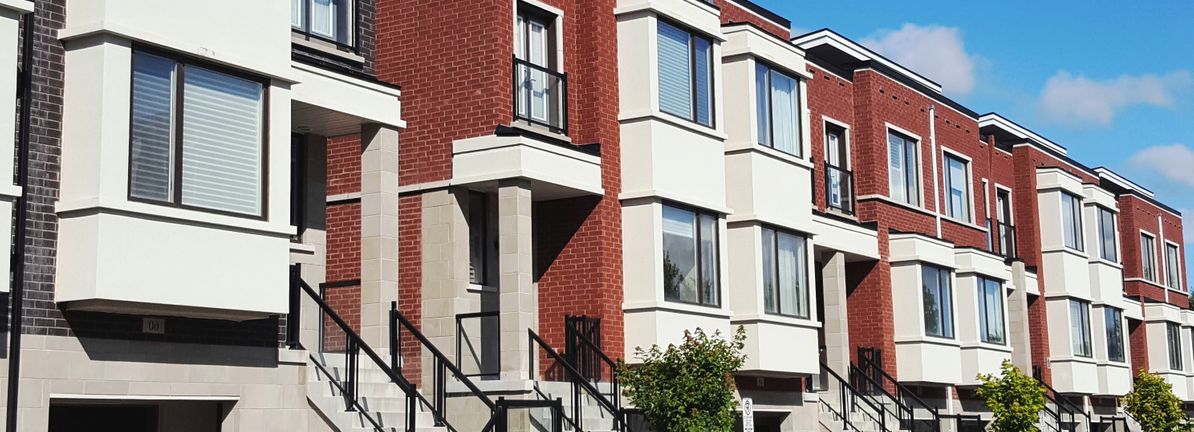V
irginia Tech research shows that vehicle emissions shape commercial‑real‑estate performance. Assistant Professor Hainan Sheng’s study, published in the *Journal for Real Estate Research*, analyzed U.S. properties from 2002‑2019 and found that sites in low‑car‑emission neighborhoods earned about 1.5 % more annually than those in high‑emission areas, even after controlling for building characteristics, local economies, policy, and transit use. The premium appears mainly in future price appreciation rather than operating income, indicating that long‑term growth prospects are most affected.
Sheng argues that investors are beginning to factor environmental transition risks into valuations. The U.S. commercial‑real‑estate market, worth over $32 trillion in 2020, is already reflecting these concerns. The effect is strongest in Democratic‑leaning states, where environmental policies tend to be more aggressive. “Sustainability of a property’s external environment matters,” Sheng notes, adding that it is not enough for a building to have a green certification; the surrounding community’s emissions profile directly influences investor perception of long‑term value.
While most real‑estate research has focused on building‑level green credentials, few studies have examined neighborhood sustainability. The EPA reports that transportation is the largest source of U.S. CO₂, with motor vehicles accounting for more than 80 % of transportation‑related emissions in 2019 and 2022. Sheng’s findings place this factor at the core of commercial‑real‑estate analysis, showing that broader community sustainability drives investment decisions.
Higher local emissions may signal future policy interventions, market shifts, or changing consumer preferences that could curb property appreciation. The study also highlights how transportation policies and community‑level sustainability initiatives can yield direct financial benefits, underscoring the link between urban planning, environmental stewardship, and economic performance.
Sheng’s work builds on emerging research that links environmental factors to financial markets, particularly the pricing of climate‑transition risks. It is among the first to document how local emissions—and the policy environment that accompanies them—affect commercial‑real‑estate pricing.
*Dr. Tim Sandle, Digital Journal’s Editor‑at‑Large for science news, specializes in science, technology, environmental, business, and health journalism. A practicing microbiologist and author, he also has interests in history, politics, and current affairs.*















